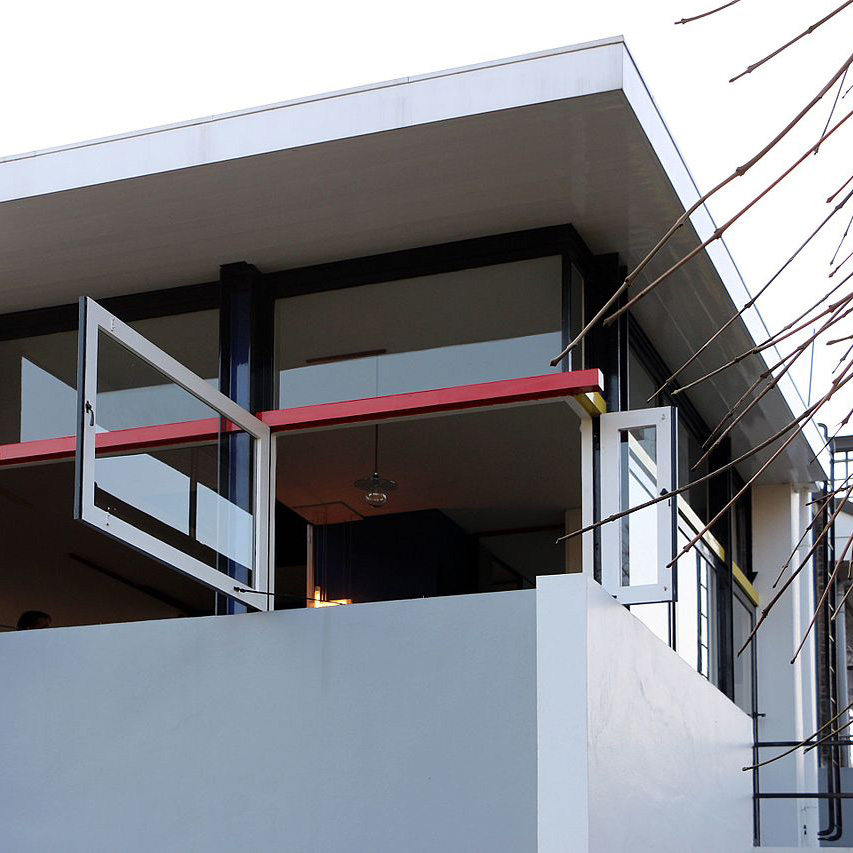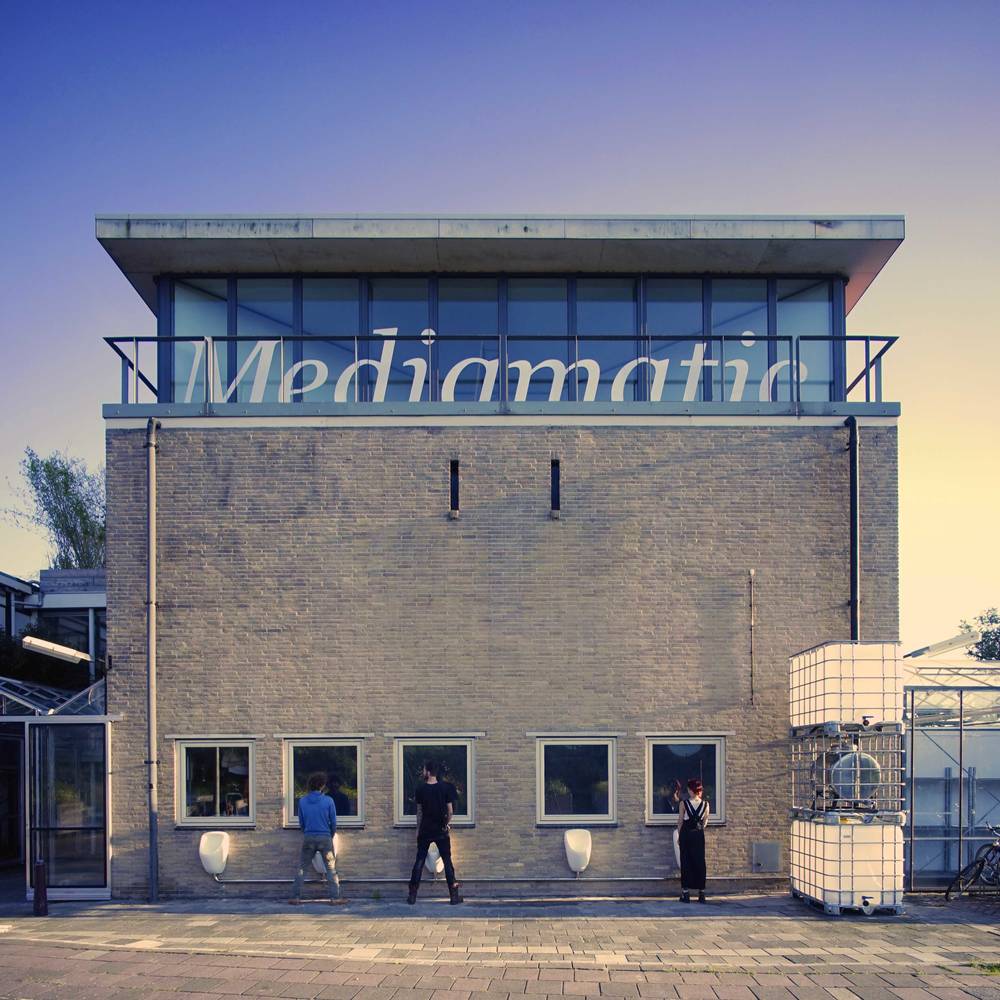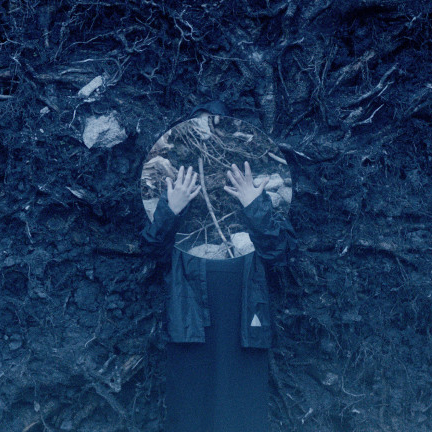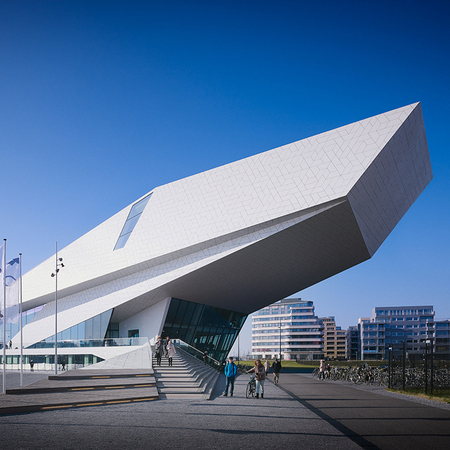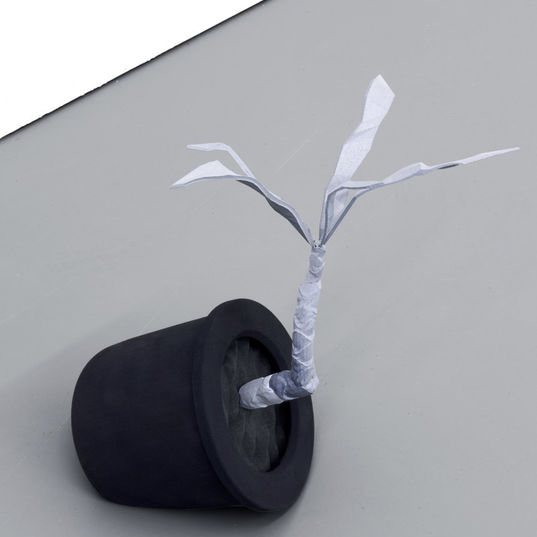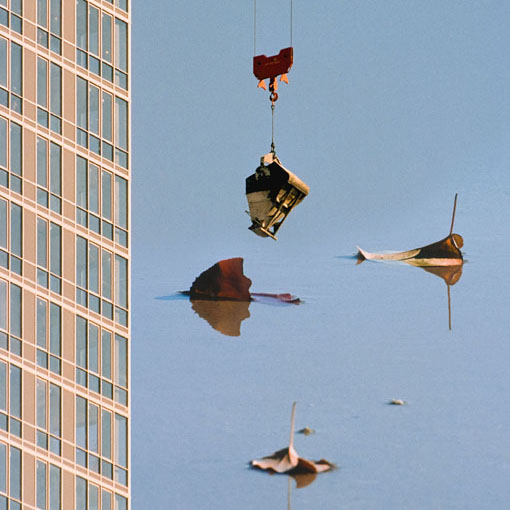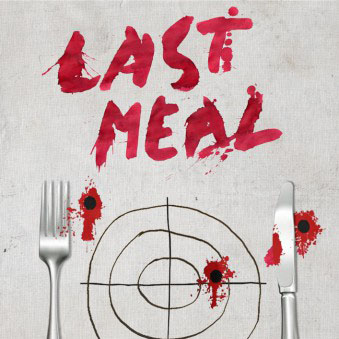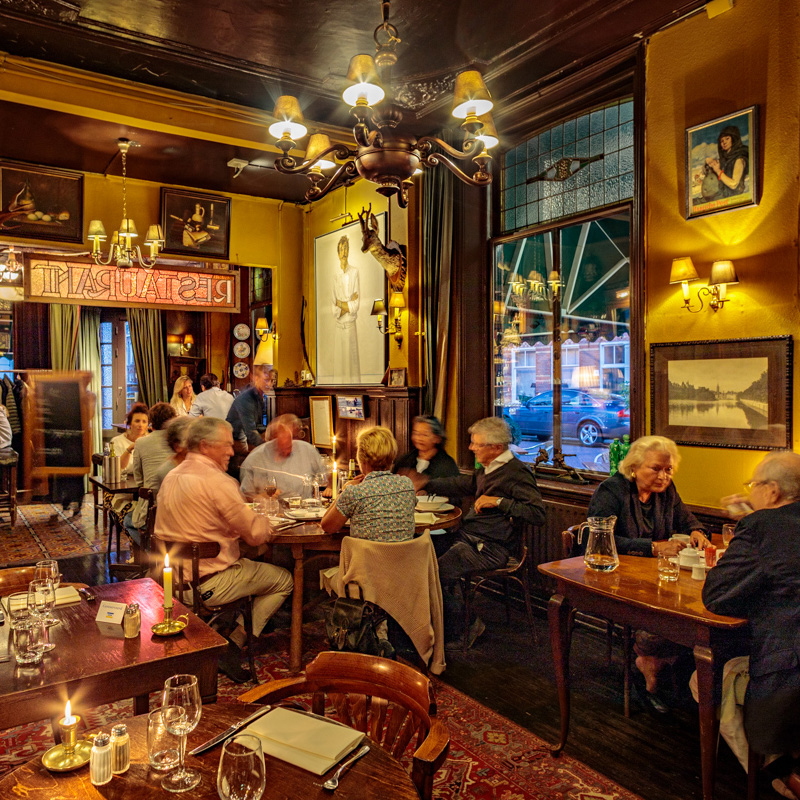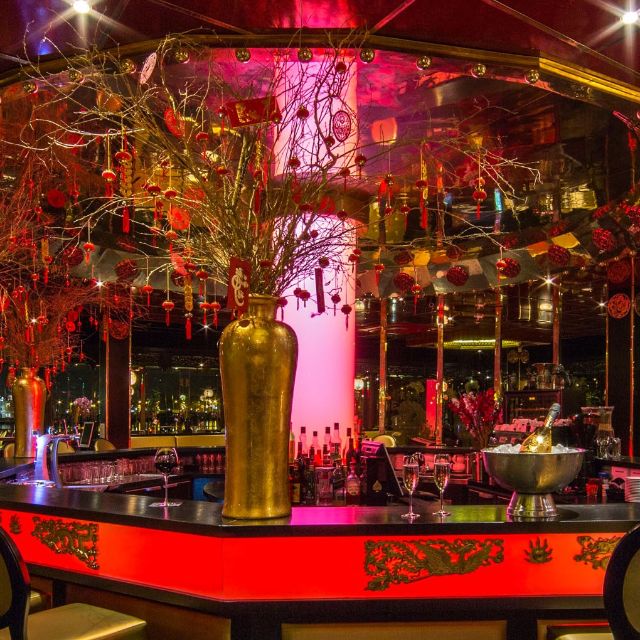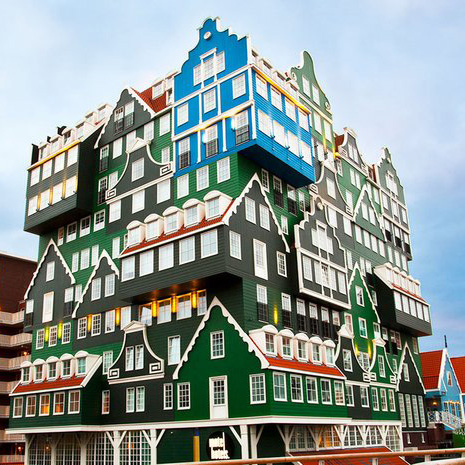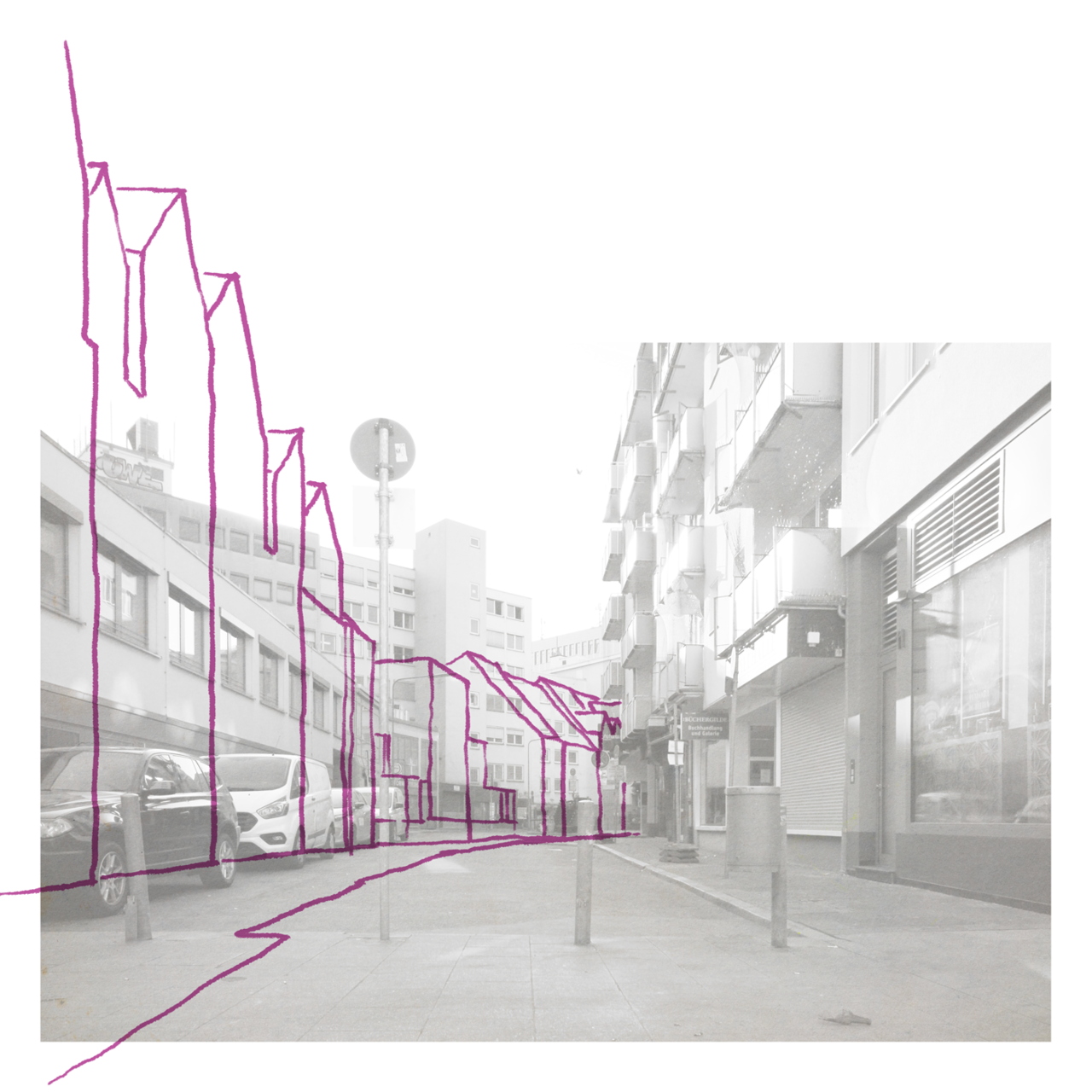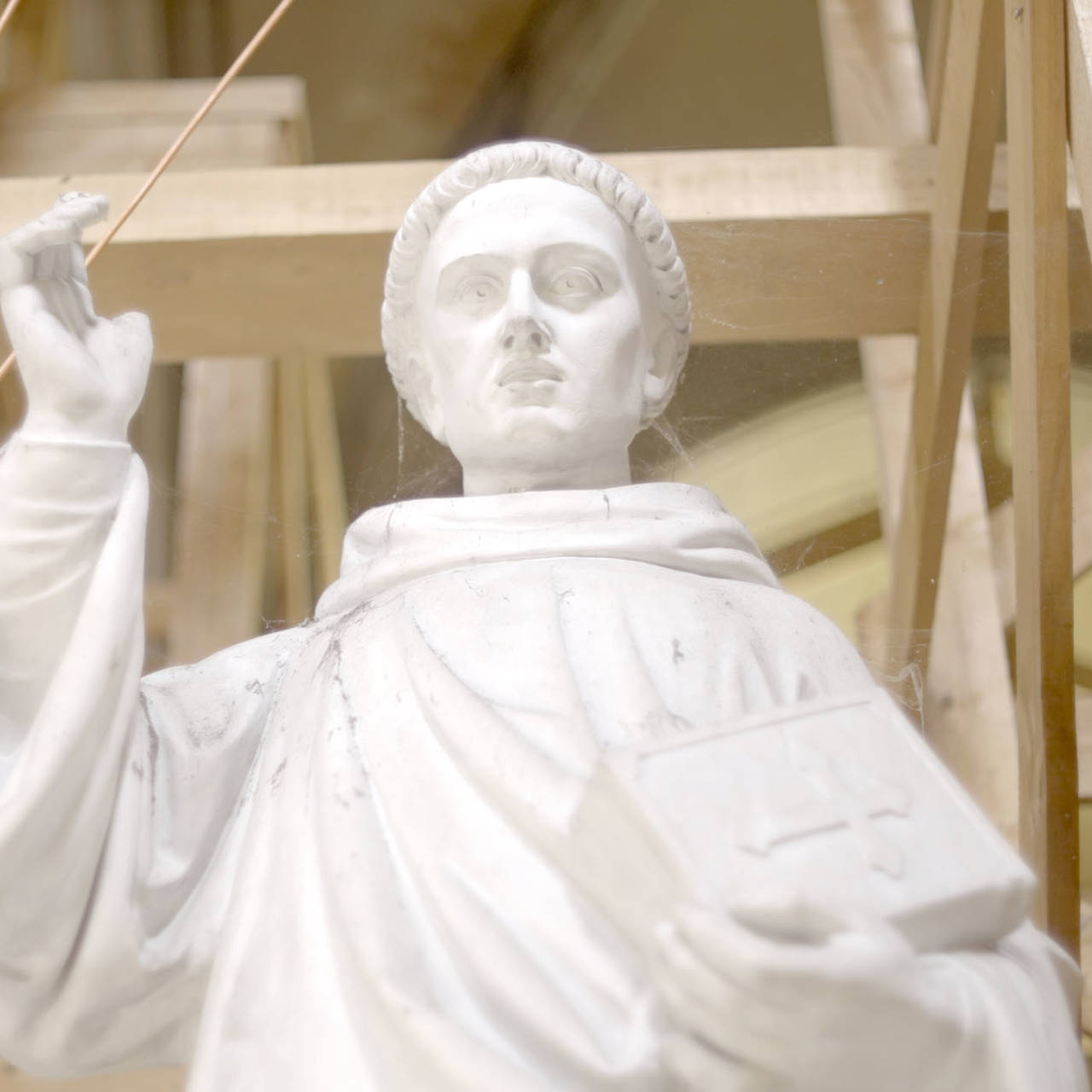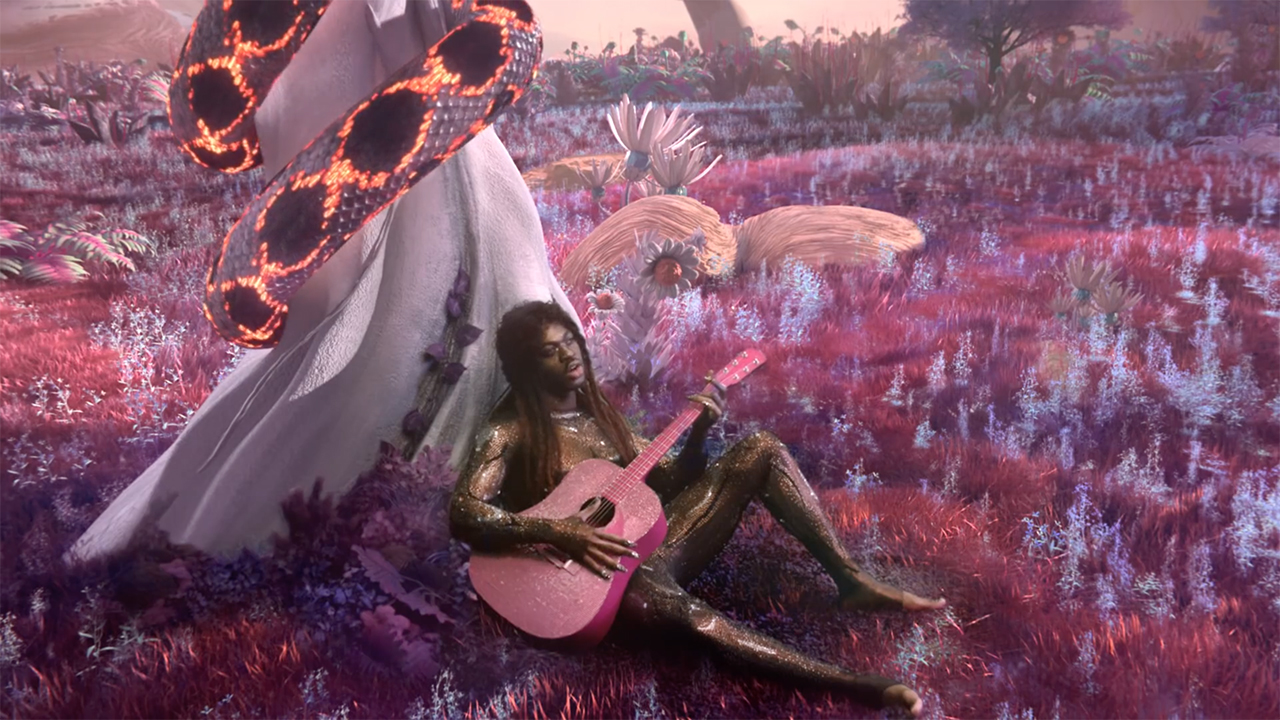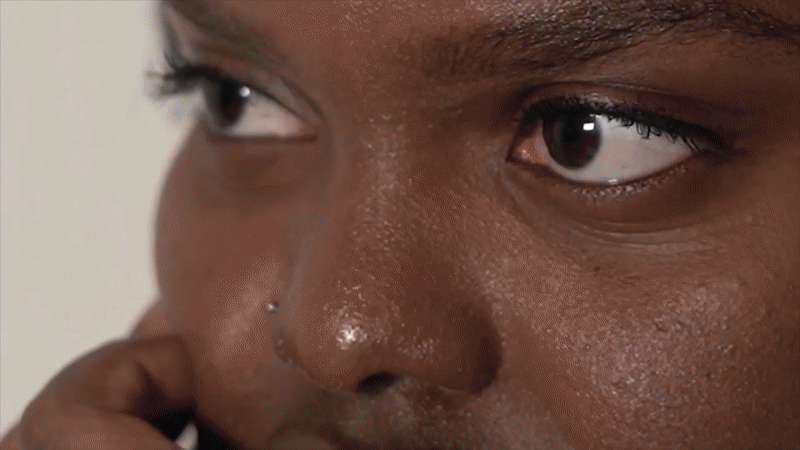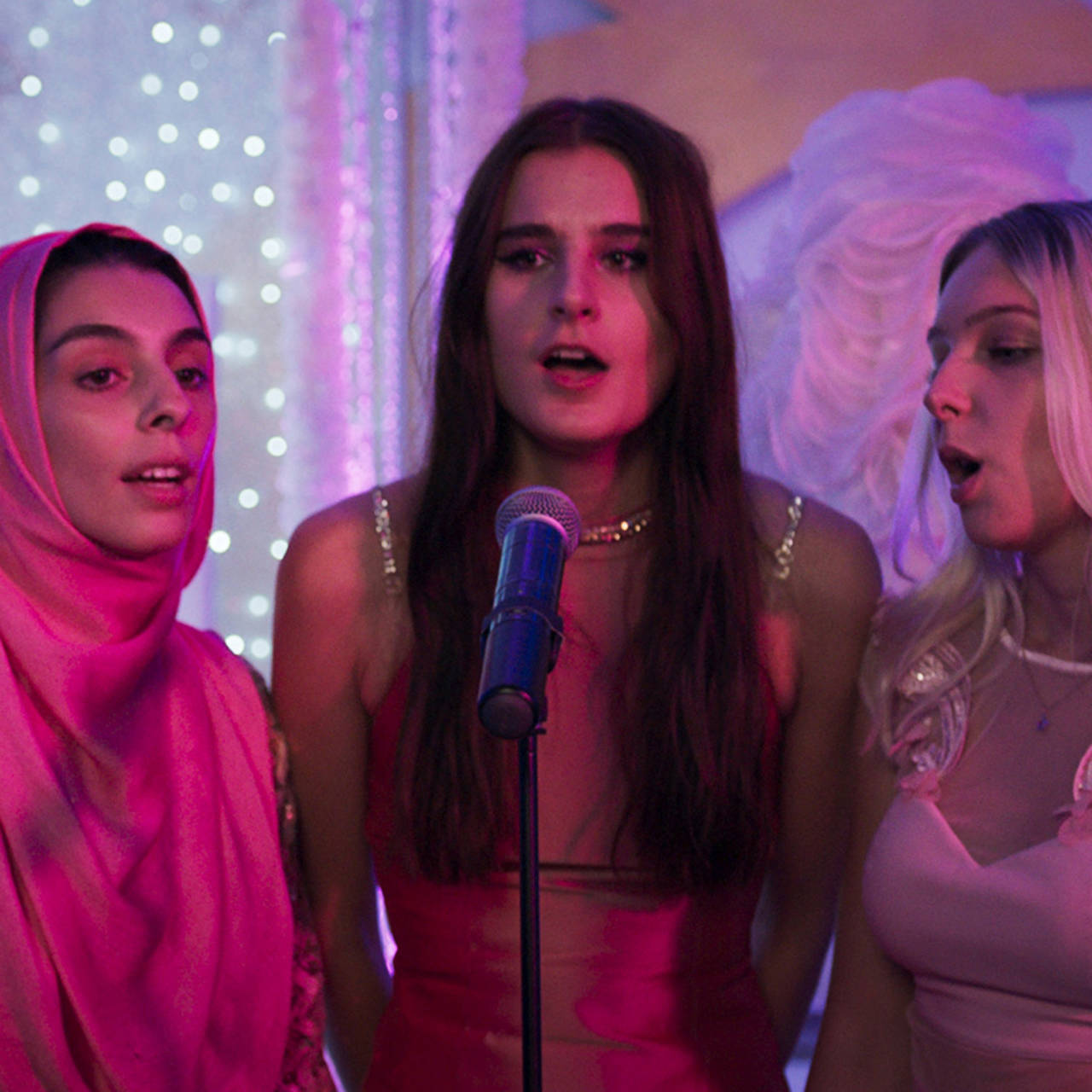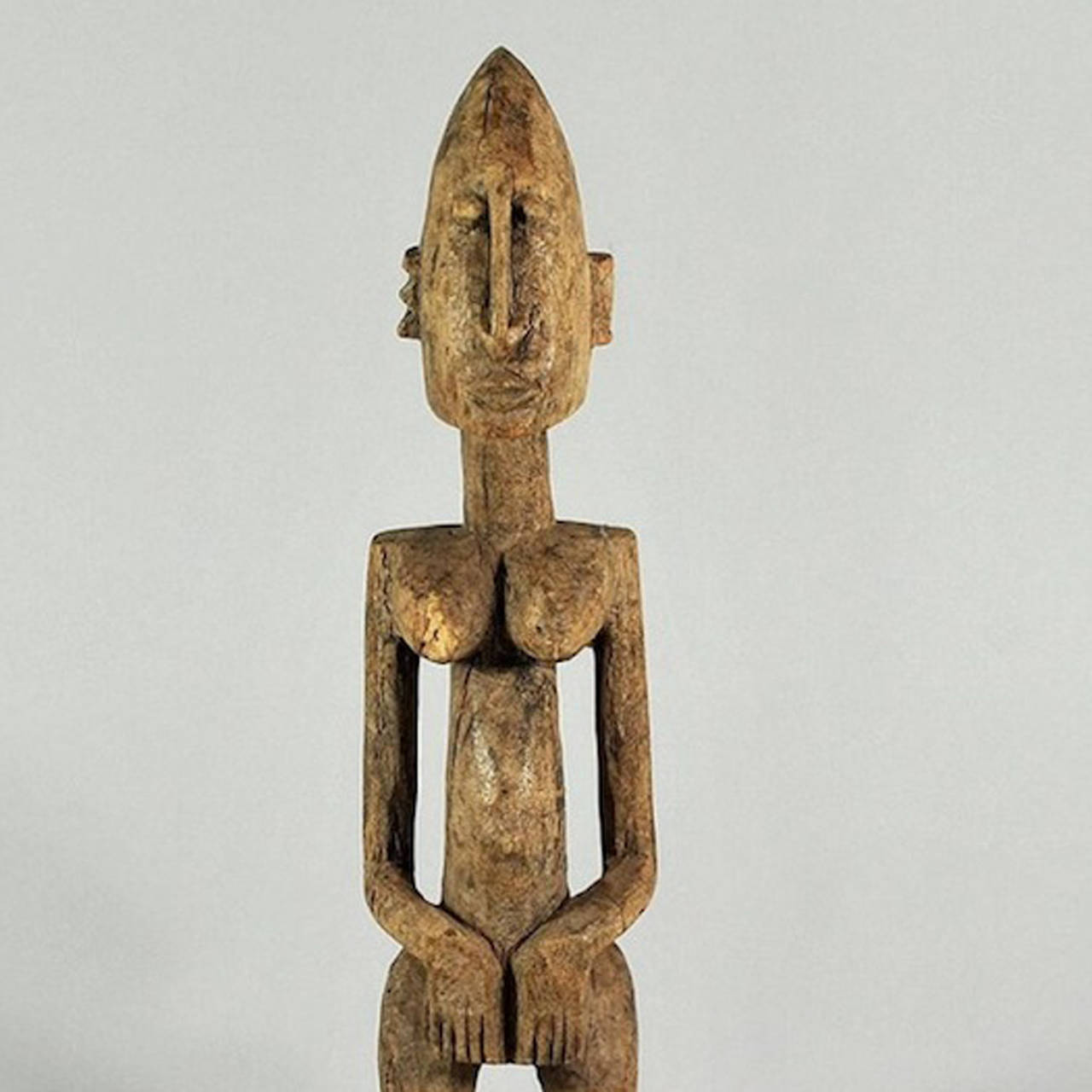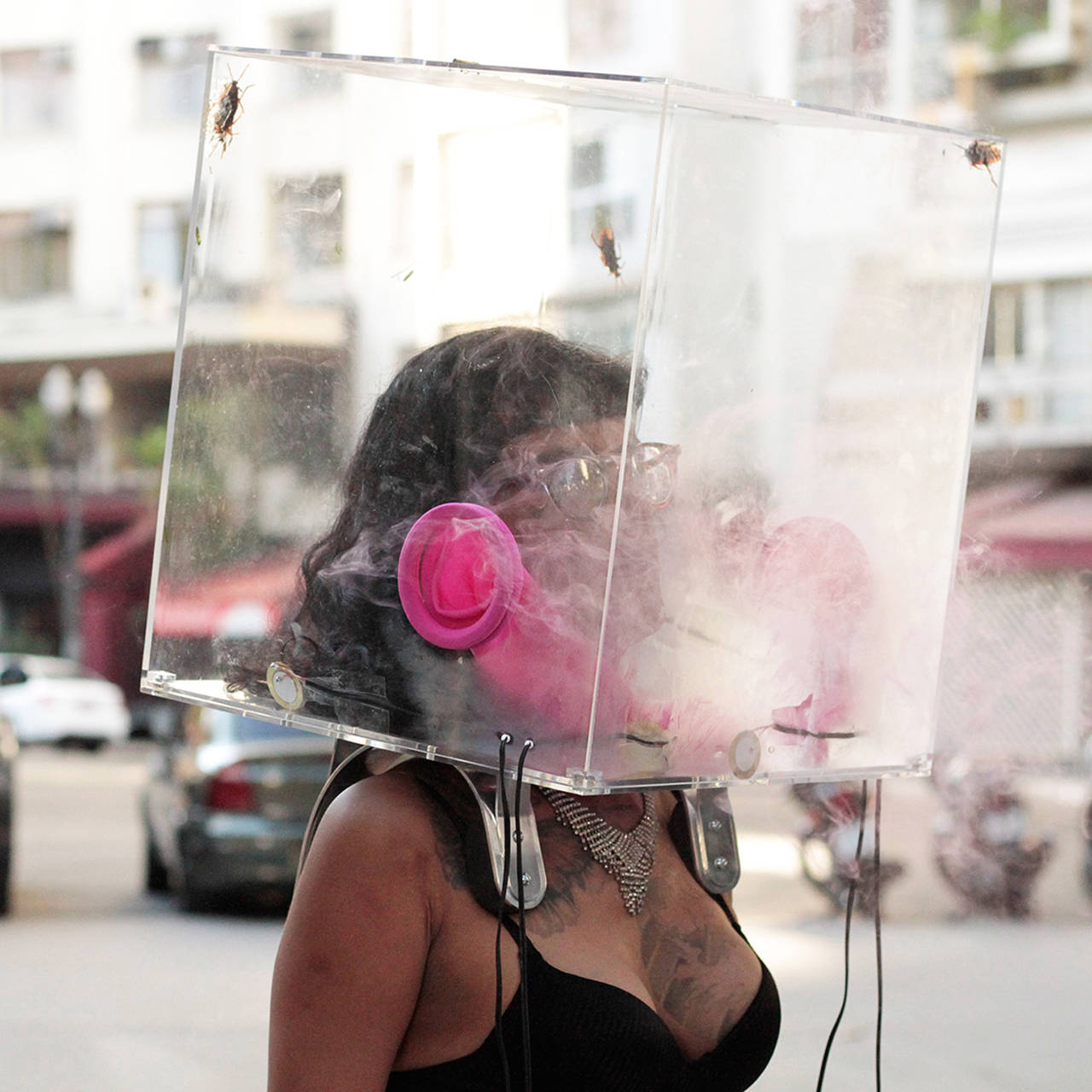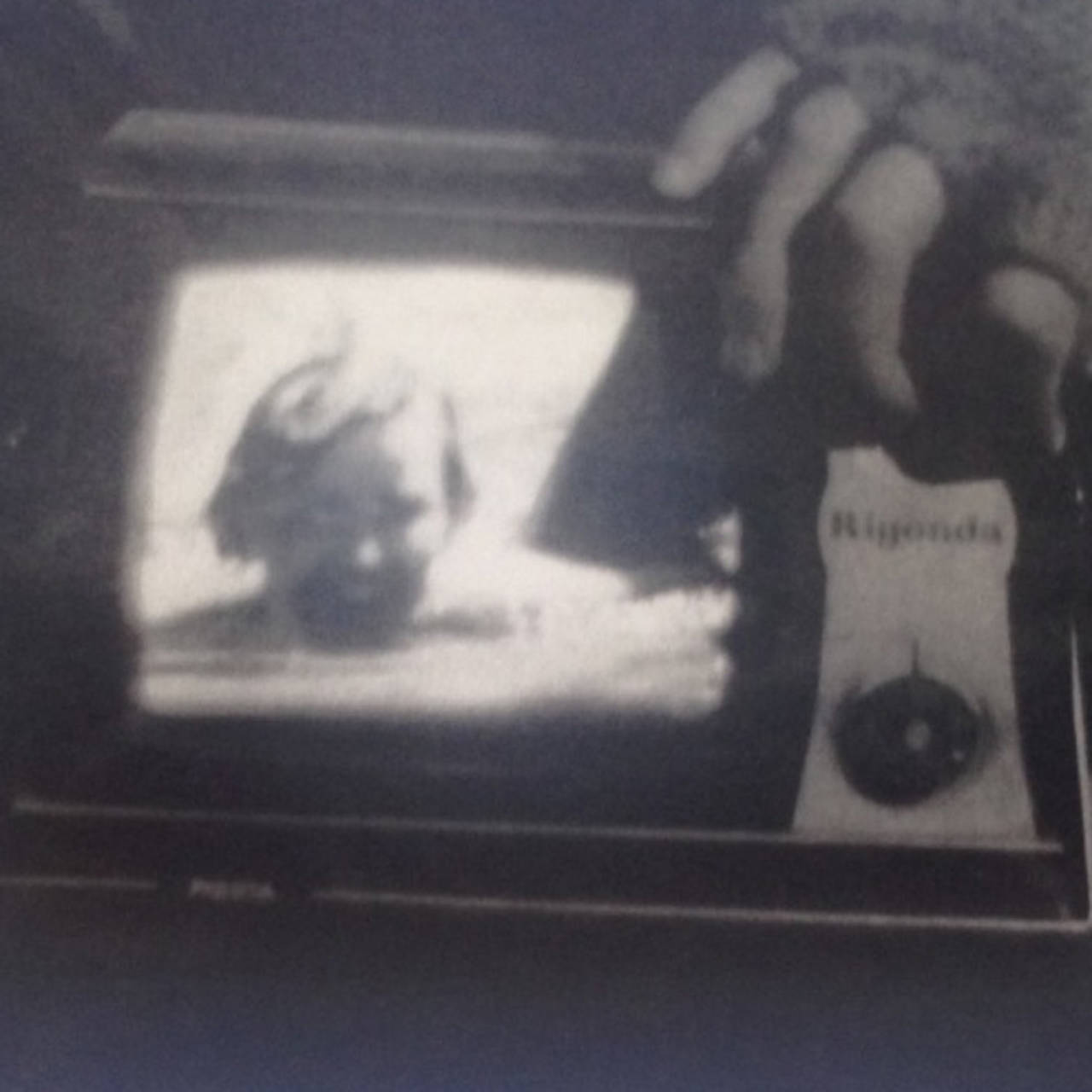Still on holiday leave? So off to Amsterdam and enjoy art apart from the Rijksmuseum, eat Bami Goreng from the machine or admire Zaandam’s stacked house façades.
1. Mediamatic
While it was still considered something of an exoticism elsewhere, on the Oosterdok peninsula they were already throwing themselves into so-called media art with full devotion: Since the 1980s Mediamatic has been one of the pioneers of this discipline, which, however, was never rigidly defined here, but rather considered a workshop for research somewhere between art, society and academia. Today, Mediamatic hosts events like workshops retracing the relationship between art and botany, learn about the added value of urine at the so-called “Pis Talks”, and visit exhibitions.
Next Workshop: Introduction to Tempeh
January 18, 2019, from 4 PM
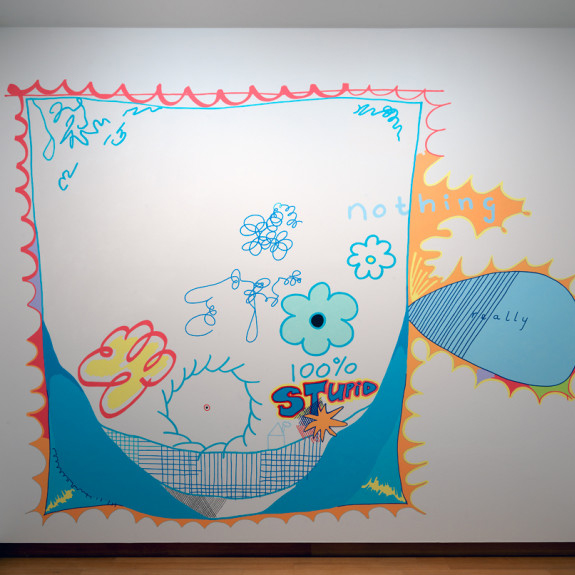
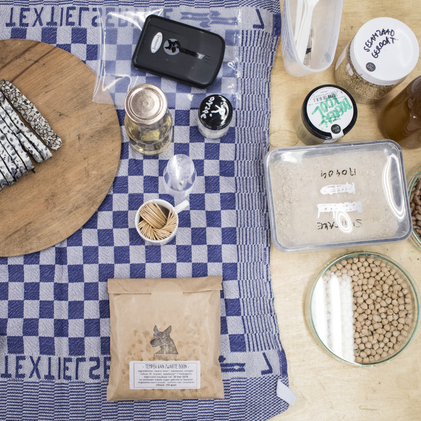
2. Metahaven and Lily van der Stokker at the Stedelijk
The Stedelijk is Amsterdam’s big museum for modern and contemporary art. Alongside the museum’s own enormous collection, there are also temporary exhibitions on a regular basis – currently offering two rare opportunities: the first (alongside London) overview exhibition of the Metahaven collective with their all-encompassing post-Internet art, and similarly, the first retrospective of Lily van der Stokker, who is quite accepting of her pink-yellow-green wall drawings and installations being perceived as explicitly soft and friendly.
Each exhibition runs until February 24, 2019
3. Cinema, exhibition and dinner at the Eye Amsterdam
This futuristic prestige building, with its glass façade overlooking the water, serves multiple functions. Since 2012 it has hosted Amsterdam’s Film Museum, which has its own large collection of visual history, but also screens films and hosts discussions. The Eye, which can be reached in just a few minutes by ferry from the main railway station, is also a current example of how cultural activities within prestige venues can contribute to creating new landmarks in a city.
As such a building, the Eye was equipped for commercial purposes such as gastronomy or corporate events right from the beginning – undoubtedly essential given the project costs of around 30 million euros. Alongside the permanent exhibition, worthwhile retrospectives examine often unusual themes. In 2016, for example, there was a major homage to celluloid, to which Rosa Barba, among others, was invited. Soon the museum will be training its focus on surrealist animated filmmaker Jan Švankmajer.
December 15, 2018 – March 3, 2019
4. Gabriel Lester at Fons Welters
Transformation as a mythological moment: Galerie Fons Welters is showing works by the Dutch artist Gabriel Lester until mid-January. He was also included in the SCHIRN’s Double Feature back in 2015, and now in Amsterdam he is presenting “Shake a Shack,” featuring sculptures, drawings and LED screens that examine mythological transformations and the boundaries between animalistic, human and robotic behaviors.
Through January 12, 2019
5. FOAM
FOAM (Fotografiemuseum Amsterdam) is among the most important exhibition venues for photography in Europe. Here, exhibitions run overlapping in time, so it’s always worth a visit. Thematically, the venue is broadly based, too, with approaches ranging from the documentary to the experimental, often with contemporary points of reference. Visitors can currently see works, for example, by Daniel Shea (until January 27, 2019) or the artist duo Persijn Broersen and Margit Lukács (until February 10, 2019). Since the end of December 2018 FOAM is dedicating itself to the relationship between humans and their food and more specifically the question of why they like to present it with such visual appeal (“Feast for the Eye,” from December 21).
6. Last Meal Café at W139
Sinister soups, infectious ketchup, hallucinogenic fish and toxic tea are currently on the menu in this artists’ space – prepared by various different artists. Anyone who is not put off by the title can take a seat at one of twelve tables and, to make a change after the festive season, order a crime-scene dinner gone really, really bad.
Until January 13, 2019
7. From bitterballen and “food from the wall”…
Talking of food – it is greatly appreciated in the Netherlands, where they (still) draw less of a distinction between healthy and unhealthy. A simple visit to the supermarket illustrates this: Colorful hagelslag (sprinkles) to be eaten on white bread and tons of sweet, brightly colored baked goods are given equal status to entire counters of pre-prepared vegetables for stir fries, casseroles and stews.
People also like going out to eat – for example to an eethuis, to one of Amsterdam’s dimly lit bruin cafés for a portion of bitterballen (breadcrumb-covered meat croquettes) or stamppot (a stew made of potatoes and vegetables), or to get a snack from the automatiek, where one or two euros will buy you a bit of the famous “food from the wall,” slices of deep-fried bami goreng or similar small dishes that appear unappetizing only at first glance.
8. …to floating pagoda kitsch
Incidentally, in culinary terms Amsterdam is more international than most cities of a similar size – its heritage as an important port and trading city but also Dutch colonial history have both contributed to this. The selection of Surinamese and Chinese cuisine alone is enormous. A few recommendations: Oriental City serves up dim sum among lavish arrangements of anthuriums and indoor fountains, while the Sea Palace at the port is worth a visit for its sumptuous atmosphere alone. The EN Japanese Kitchen & Sake Bar offers very good Japanese cuisine, prettily presented on magnolia leaves, for example, while friends of permaculture cuisine will enjoy a visit to the glasshouse with its own gourmet kitchen, De Kas.
9. False façades in Zaandam
Anyone browsing for accommodation in this ever-full city via one of the usual travel portals will no doubt come across a magical structure that looks something like a Dutch version of Hayao Miyazaki’s “Moving Castle.” Widely advertised as the “Inntel Hotel Amsterdam,” it is actually located ten kilometers away in Zaandam – but, thanks to Google images, has long since formed part of the Amsterdam visual repertoire. Fans of the sort of postmodern architecture rarely found in Western Europe due to strict planning laws can take a short visit to Amsterdam’s otherwise very average neighboring town and see the eclectic structure comprising more than 70 façades from gabled Dutch houses piled on top of one another.
10. Rietveld-Schröderhuis, Utrecht
Equally fascinating from outside and inside is the Rietveld-Schröderhuis: Ideal for a little excursion as it lies just half an hour away by train (alternatively, visitors might want to plan a full day in the picturesque town of Utrecht). The structure was designed in 1924 by the co-founder of De Stijl, Gerrit Rietveld, both for and with Truus Schröder-Schräder as a house entirely without fixed walls. As such, entire living areas can be shifted and redesigned as required – an idea that has proved too radical to gain much ground, even today. The façades and interior areas reflect the design principles of De Stijl, whereby every element should function independently and autonomously in creating a color scheme and contours. Anyone wanting to visit the UNESCO World Heritage Site must book a scheduled tour in advance via the building’s own online portal.
